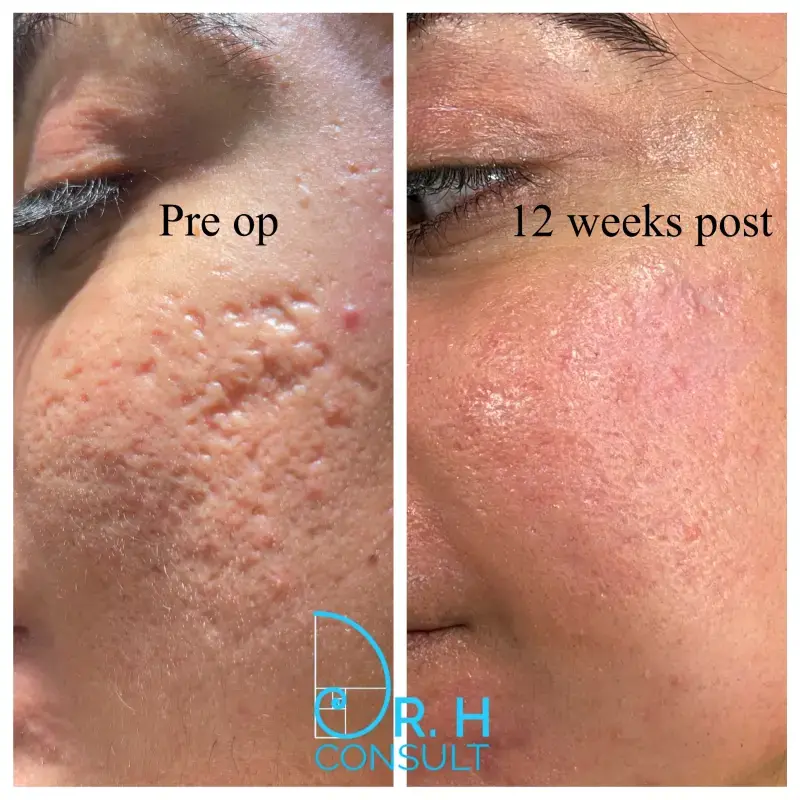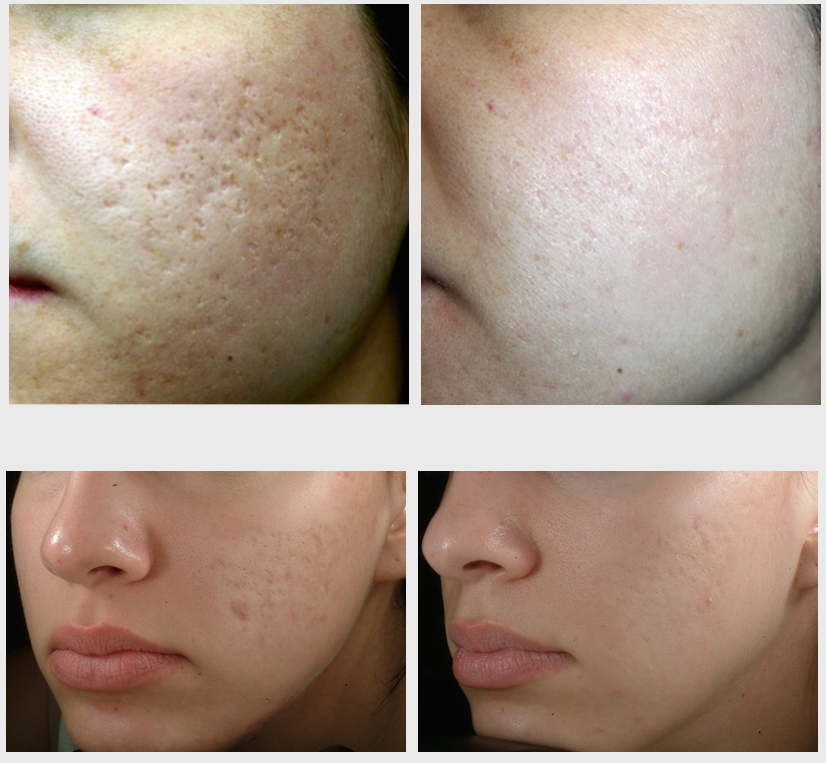Recognizing the Various Skin Conditions and Effective Treatment Alternatives for Acne Marks
Acne marks stand for an intricate interaction of skin disease that substantially influence individuals' self-confidence and general skin health. Recognizing the unique kinds of acne marks-- atrophic and hypertrophic-- along with their underlying reasons, is critical for determining reliable treatment methods. Numerous healing choices exist, ranging from innovative dermatological procedures to all-natural remedies. However, the effectiveness of these treatments usually rests on customized evaluations by qualified experts. As we discover the landscape of acne mark administration, it becomes obvious that the journey towards clearer skin might entail more than just topical options.
Kinds Of Acne Scars

On the other hand, hypertrophic marks result from an overflow of collagen throughout the healing process, bring about raised locations on the skin. These marks are usually firm and can differ in color, in some cases appearing red or darker than the surrounding skin.
Recognizing these types of acne scars is crucial for creating an efficient treatment plan - skin rejuvenation treatments. Alternatives may consist of chemical peels, laser treatment, microneedling, or facial fillers, customized to the particular scar type. A complete examination with a skin doctor can aid establish the most proper intervention, thinking about the person's skin type, scar intensity, and general skin health and wellness
Sources Of Acne Scarring
Marking occurs as a result of the body's all-natural recovery response to inflammation and injury triggered by acne sores. When acne kinds, it causes an inflammatory feedback, bring about the release of different cytokines and development variables that promote recovery. Nonetheless, this process can often cause excessive tissue development or inadequate repair work, resulting in scars.
The primary causes of acne scarring include the extent of the acne itself, duration of the sores, and specific skin types. Extreme inflammatory acne, such as cysts and nodules, is most likely to cause scarring because of much deeper tissue damage. Furthermore, incorrect handling of acne sores, such as pressing or choosing, can worsen cells injury and swelling, raising the probability of scarring.
Genetic proneness additionally plays a considerable function; people with a family members history of scarring are at a greater risk. In addition, skin type and color can affect scar formation, as darker skin tones might experience post-inflammatory hyperpigmentation, while lighter skin may create atrophic marks.
Eventually, recognizing these reasons is vital in handling acne and minimizing the capacity for scarring.

Therapy Alternatives for Scarring
Efficient treatment choices for acne scarring differ depending on the kind and extent of the marks. Normally categorized into atrophic, hypertrophic, and keloid marks, these conditions require customized methods for optimal outcomes.
For atrophic scars, which are identified by a loss of cells, treatments such as chemical peels, microdermabrasion, and laser therapy are typically used. These methods advertise skin renewal and boost collagen manufacturing, thus improving skin structure. Subcision, a minimally invasive procedure, can also work by damaging up coarse bands underneath the skin.
Hypertrophic and keloid scars can be much more challenging to deal with. Options consist of corticosteroid injections to decrease swelling and squash the marks. In many cases, cryotherapy or laser therapy might be advised to lessen their appearance.
Surgical alternatives are offered for extreme scarring, where excision or skin grafting may be necessary. It's crucial for people to consult with a dermatologist to examine their specific scar kind and discuss the most ideal treatment strategy. Incorporating several treatments typically produces the very best end results, guaranteeing that each individual's unique skin problem is addressed properly.
Natural Home Remedy and All-natural Solutions
Natural solutions and natural home remedy can give an obtainable approach for individuals seeking to improve the look of acne marks (acne scars). Numerous active ingredients discovered in the home cooking area have actually shown possible advantages in enhancing skin structure and advertising healing

Another efficient choice is lemon juice, which works as a natural exfoliant and can lighten hyperpigmentation. Nevertheless, it needs to be made use of meticulously, as it may trigger photosensitivity. Oatmeal masks are likewise useful; their gentle exfoliation can aid remove dead skin cells while comforting irritation.
Important oils, such as tea tree oil and lavender oil, can additionally support mark healing due to their antimicrobial residential properties. It is important to do a patch examination before applying any kind of treatment to make sure there are no negative responses. These go to website all-natural remedies can be a complementary technique in the journey to decrease acne marks.
Preventing Future Scarring
Adopting a proactive approach to skin care can dramatically decrease the threat of creating future acne scars. Routine cleansing, exfoliation, and hydration can aid maintain skin health and wellness and prevent blocked pores.
In addition, preventing the temptation to press or pick acne lesions is crucial, as this can bring about inflammation and succeeding scarring. Instead, people should concentrate on applying topical therapies that advertise healing and lower inflammation. Components such as salicylic acid, benzoyl peroxide, and retinoids are recognized for their efficiency in handling acne and reducing click to read scars.
Sunlight defense is one more important part; direct exposure to UV rays can darken scars and hamper healing. Utilizing a broad-spectrum sun block daily can alleviate these results.
Lastly, preserving a healthy and balanced diet regimen rich in antioxidants and staying hydrated supports skin regrowth. By applying these safety nets, individuals can dramatically decrease their danger of future scarring and promote overall skin health and wellness.
Final Thought
In conclusion, a thorough understanding of acne marks, encompassing both hypertrophic and atrophic types, is essential for reliable treatment techniques. Appointment with a skin doctor stays imperative to design personalized techniques that consider specific skin types and scar extent, inevitably enhancing the efficacy of scar management techniques.
Acne marks represent a complicated interplay of skin problems that considerably impact people' self-worth and total skin wellness. The 2 main categories of acne scars are atrophic and hypertrophic marks. These marks are more identified into three subtypes: ice pick scars, which are deep and narrow; boxcar scars, which are larger and have well-defined sides; and rolling scars, which develop a wave-like this website appearance due to unequal skin structure.
A detailed examination with a skin specialist can assist determine the most ideal intervention, taking into account the person's skin type, mark intensity, and overall skin health and wellness.
Assessment with a skin doctor remains critical to develop tailored techniques that think about private skin kinds and scar severity, eventually enhancing the efficiency of scar monitoring techniques.